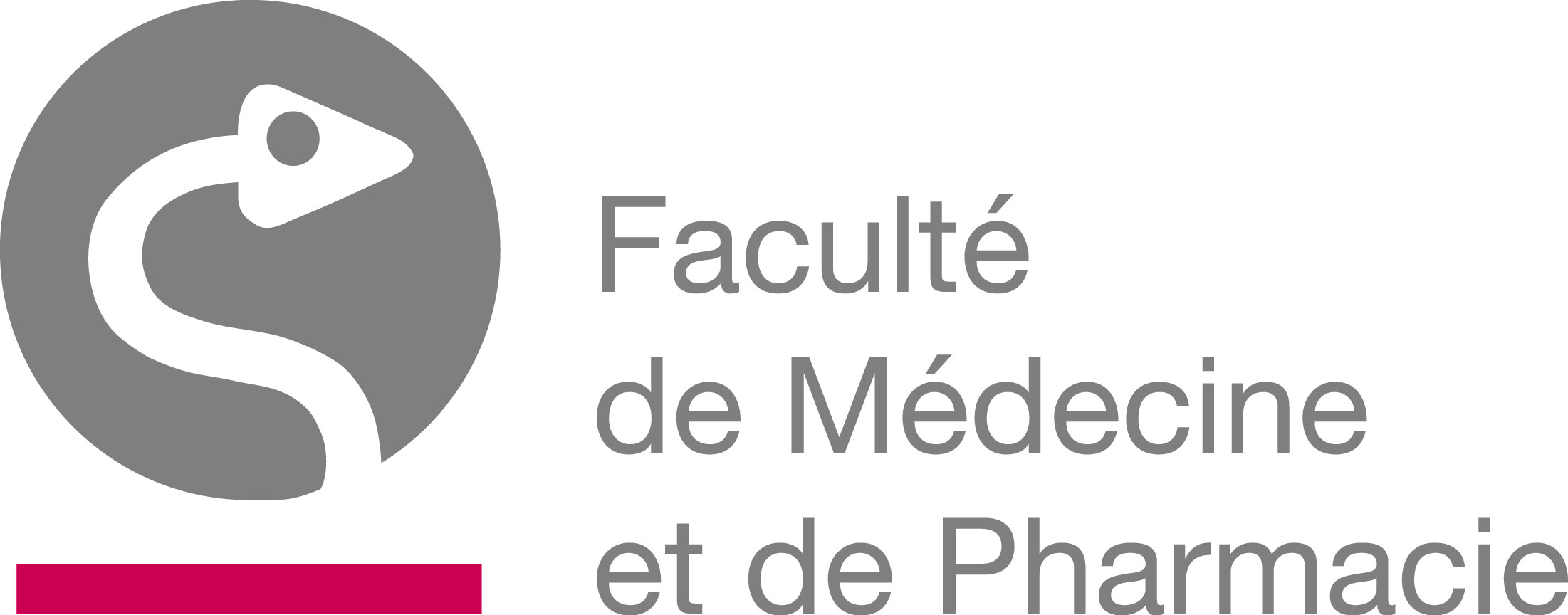 | Study programme 2019-2020 | Français | |
 | Introduction aux statistiques biomédicales | ||
Programme component of Bachelor's in Biomedicine à la Faculty of Medicine and Pharmacy |
| Students are asked to consult the ECTS course descriptions for each learning activity (AA) to know what assessment methods are planned for the end of Q3 |
|---|
| Code | Type | Head of UE | Department’s contact details | Teacher(s) |
|---|---|---|---|---|
| UM-B1-BIOMED-031-M | Optional UE | LELUBRE Christophe | M101 - FMP - Service du Doyen |
|
| Language of instruction | Language of assessment | HT(*) | HTPE(*) | HTPS(*) | HR(*) | HD(*) | Credits | Weighting | Term |
|---|---|---|---|---|---|---|---|---|---|
| Français | 15 | 0 | 0 | 0 | 0 | 2 | 2.00 | 1st term |
| AA Code | Teaching Activity (AA) | HT(*) | HTPE(*) | HTPS(*) | HR(*) | HD(*) | Term | Weighting |
|---|---|---|---|---|---|---|---|---|
| M-DOYM-051 | Introduction to biomedical statistics | 15 | 0 | 0 | 0 | 0 | Q1 | 100.00% |
| Programme component |
|---|
Objectives of Programme's Learning Outcomes
- Understand, describe, analyse and prioritise biological phenomena
- Understand basic scientific knowledge and be able to use it
- Problem-solve
- Understand the expression of biological realities in absolute or relative terms, the orders of magnitude, proportions and probability
- Abstract, understand and apply mathematical translations of the main laws and biological phenomena
- Understand and use different graphical representations of numerical values and their relationships
- Control the molecular, morphological and functional approaches of normal and pathological conditions
- Understand experimental protocols in the biomedical domain
- Develop reasoning skills
- Understand the statistical and/or epidemiological methods
- Present a hypothesis and hypothetical-deductive reasoning
- Develop critical thinking, test and monitor conclusions understanding the domain of validity, and explore alternative hypotheses
- Manage doubt and uncertainty
- Demonstrate developed interpersonal skills
- Use a rich vocabulary linking concepts and words accurately
- Adapt lexical and syntactic choices in communication register (everyday language, medical language or scientific terminology)
- Share knowledge and information
- Manage their studies
- Read, interpret, and critique a scientific article
Learning Outcomes of UE
Learning outcomes include : - Understanding the most frequent tools used in descriptive statistics and how to use them practically; - Interpreting graphical outputs such as box plots; - Understanding basic principles of correlation (Pearson, Spearman) and linear regression; - Being able to compute confidence intervals and understand their meaning - Understanding the basis of inferential statistics, which is a fundamental prerequisite before taking more advanced statistical courses.
Content of UE
Definition and aims of biostatistics. Variability in medicine. Types of variables. Univariate descriptive statistics (localisation and dispersion parameters) and graphical output. Bivariate descriptive statistics (linear correlation and simple linear regression). Frequency and probability of event. Elements of combinatorics. Conditional probability and Bayes theorem. Random variable (discrete and continuous). Probability density function. Central limit theorem. Binomial and Poisson laws. Normal and Z law. Use of statistical tables. Confidence interval for means and percentages.
Prior Experience
Not applicable
Type of Assessment for UE in Q1
- Written examination
Q1 UE Assessment Comments
Not applicable
Type of Assessment for UE in Q3
- Written examination
Q3 UE Assessment Comments
Not applicable.
Type of Resit Assessment for UE in Q1 (BAB1)
- Written examination
Q1 UE Resit Assessment Comments (BAB1)
Not applicable
Type of Teaching Activity/Activities
| AA | Type of Teaching Activity/Activities |
|---|---|
| M-DOYM-051 |
|
Mode of delivery
| AA | Mode of delivery |
|---|---|
| M-DOYM-051 |
|
Required Reading
| AA | Required Reading |
|---|---|
| M-DOYM-051 | Note de cours - Introduction aux statistiques biomédicales - Christophe Lelubre |
Required Learning Resources/Tools
| AA | Required Learning Resources/Tools |
|---|---|
| M-DOYM-051 | Not applicable |
Recommended Reading
| AA | |
|---|---|
| M-DOYM-051 |
Recommended Learning Resources/Tools
| AA | Recommended Learning Resources/Tools |
|---|---|
| M-DOYM-051 | Not applicable |
Other Recommended Reading
| AA | Other Recommended Reading |
|---|---|
| M-DOYM-051 | * Thierry Ancelle, Statistique - Epidémiologie (4è Edition). Maloine, 2017 (également conseillé pour les cours de statistique et épidémiologie de BA2). * Jean Bouyer, Méthodes statistiques - Médecine - Biologie. Vuibert, 2017 (également conseillé pour les cours de statistique et épidémiologie de BA2). |
Grade Deferrals of AAs from one year to the next
| AA | Grade Deferrals of AAs from one year to the next |
|---|---|
| M-DOYM-051 | Authorized |